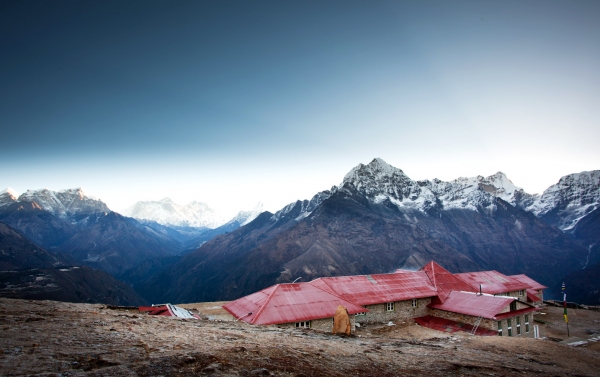International seminar on glaciology begins in Nepal

Officials from 26 countries including India are participating in a six-day Symposium on Glaciology in High-Mountain Asia (1 – 6 March, 2015) here aimed at expanding knowledge of high mountains in Asia, amid the decrease in size of Himalayan glaciers by 24 per cent, that has caused a serious threat to the environment of the region.
The "International symposium on Glaciology in Asian High-Mountain" has around 230 scientists, climate change experts and government officials from 26 countries including India, Nepal, China and Bangladesh.
“The high mountains of Asia are estimated to contain one of the greatest concentrations of glacier ice outside the polar regions, and are the headwaters of rivers which support agriculture and livelihoods of over one billion people. Changes in snow, ice, and permafrost due to climatic changes will impact water resources, ecosystems and hydroelectric power generation, and will aggravate natural hazards. To understand these impacts, the symposium will provide a forum to discuss advances in measurements, modeling, and interpretation of glaciological and cryospheric changes in high mountain Asia.”
"The symposium aims to expand our knowledge of glaciers and glacierized regions of High Mountain Asia including Hindu Kush, Karakoram and Pamir," according to David Molden, executive director of International Centre for Integrated Mountain Development (ICIMOD).
The symposium is expected to fill knowledge gaps, synthesise latest research and future research directions related to snow and ice, glacier change and climate change, according to the organisers.
The event will feature over five dozen science talks, 90 paper presentations and intensive interaction among scientists, students and professionals.
"Asia is home to some 54,000 glaciers spreading over an area of 64,000 square km and from 1980 to 2010, the area covered by glaciers has decreased by 24 per cent, though the number of glaciers has increased resulting in fragmentation of the glaciers," according to the experts.
"This has caused serious threat to the environment of the Himalayas and the livelihood of 1.3 billion people who are being supported by the Hindu Kush Himalayas. 60 per cent of the change in the glaciers are linked to human activities which could be prevented," the experts added.
The recent avalanche in the Mount Everest, which claimed lives of dozens of mountaineers has also been attributed to the impact of climate change in the Himalayas.

Facebook comments